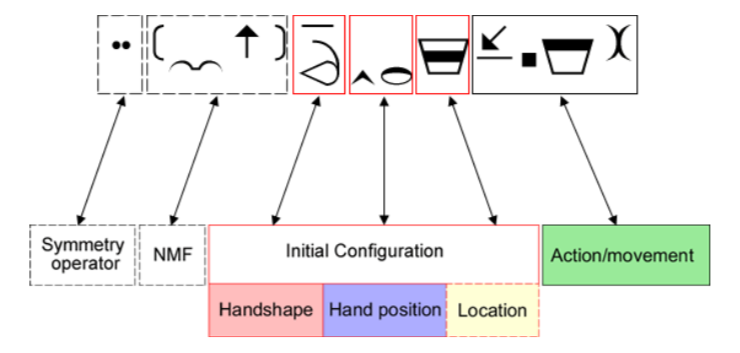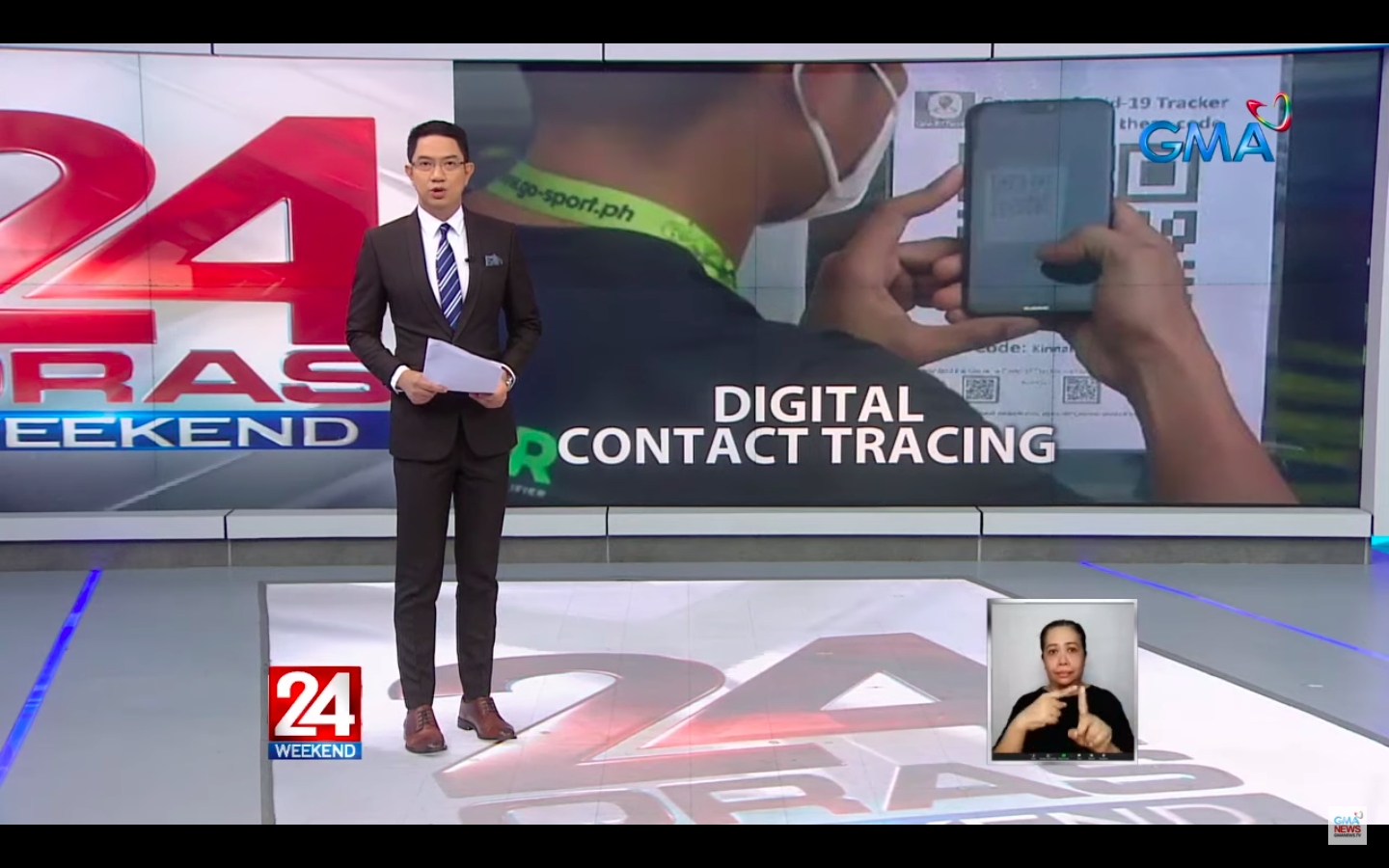
Introduction
Sign languages are more than just gestures and expressions, they are natural languages with a grammar and lexicon of their own. There are at least 144 sign languages that are existing around the world as of today. Sign languages are in so many ways different from other natural languages as they are composed of signs—combinations of manual elements (hand shape, orientation, movement, etc.) and non-manual elements (limbic postures, mouth gestures, facial expressions, etc.). Like any other natural language, sign languages continue to evolve. They are constantly being documented and studied in various disciplines. Researchers have devised multiple ways to represent sign languages to study it more closely and make signed content more accessible for both hearing people and the Deaf.
Written Representation of Signs
Several notation systems have been developed to enable transcription of signs, the process of converting signs into written symbols. Among them are SignWriting and HamNoSys. These notation systems have widely been used for sign language studies and are available for computer use. They are visually iconic and have a lot of different symbols to represent both manual and non-manual components of a sign. As a result, these written representations can be quite complex and can become extremely difficult to process for people who are unfamiliar with them.
Figure 1. Hamburg Notation System (HamNoSys) general structure
Written representations of sign are of not much use for the Deaf who naturally prefer actual signed content over complex notations that need some getting used to.
Signed Content Videos
Never having heard sound makes it much harder for the the Deaf to learn to speak or read English or any other spoken/written language (Azbel, 2004). Because society has become more and more dependent on technology, information are now usually obtained through digital means. However, the same information flashed through the screens of people’s devices are by default, made by hearing people for hearing people and without giving much consideration to deaf users. The lack of signed content on various digital platforms makes a plethora of available information inaccessible to the Deaf.
Figure 2. FSL-signed content in Philippine news television
To resolve this, signed content are now being inserted in the form of live or pre-recorded videos of human sign language interpreters signing spoken or written information contained in these digital platforms.
Automatically Generated Signed Content
Because of the costs of creating and maintaining signed content using human sign language interpreters, studies have proposed alternative ways of generating signed content, like automated signed content generation through avatar animation.
Figure 3. Structured content creation pipeline using the ESIGN approach
Automatically generated signed content is a lot less expensive to produce and maintain than signed content videos of human interpreters. It is indeed no match for the natural way of signing, but with constant research and development, it could potentially become a good choice for including signed content in digital platforms.


